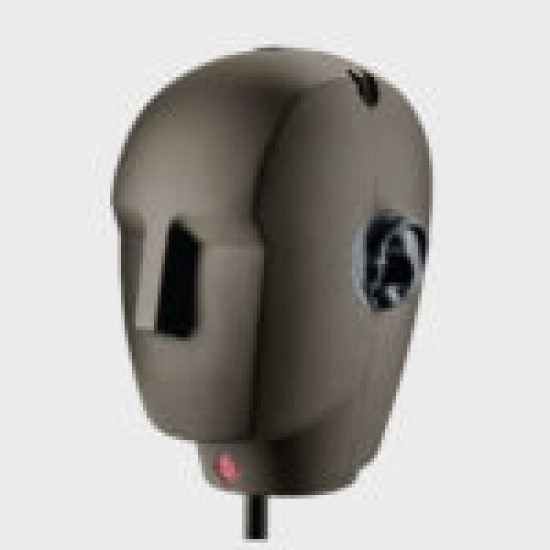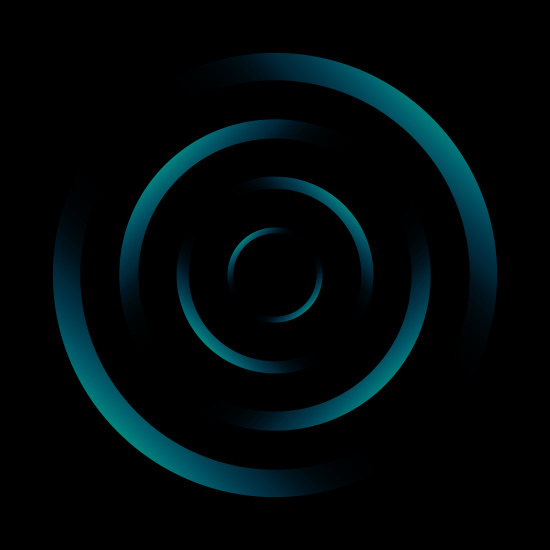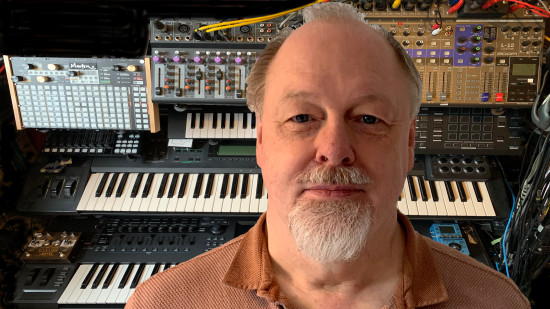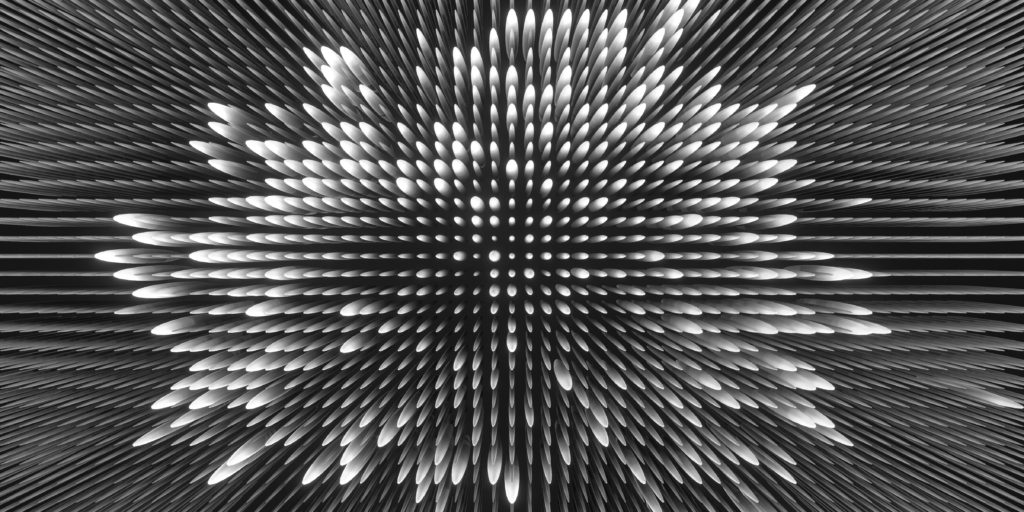
The story
Similar to Synthphony 1, this 2nd library contains a pair of sounds playing from two different sample sources. Each sample file is “sampled” with Python code from only 2 wavetables. One of them has been detuned. When it’s played, some notes will sound slightly out of tune. Listeners may or may not like the detuned sounds. Nevertheless, I hope this library is able to inspire music producers & unleash their creativity.
The UI is almost identical to Synthphony 1, however I have made some small update. A High Past filter is added to the Effects slot, turning this slider up will cut out the low end or “boomy” sounds. The Kontakt “Rotation” effect has been replaced with “Phasis”.
Please check out Synthphony 1 at Pianobook as well.
Interface
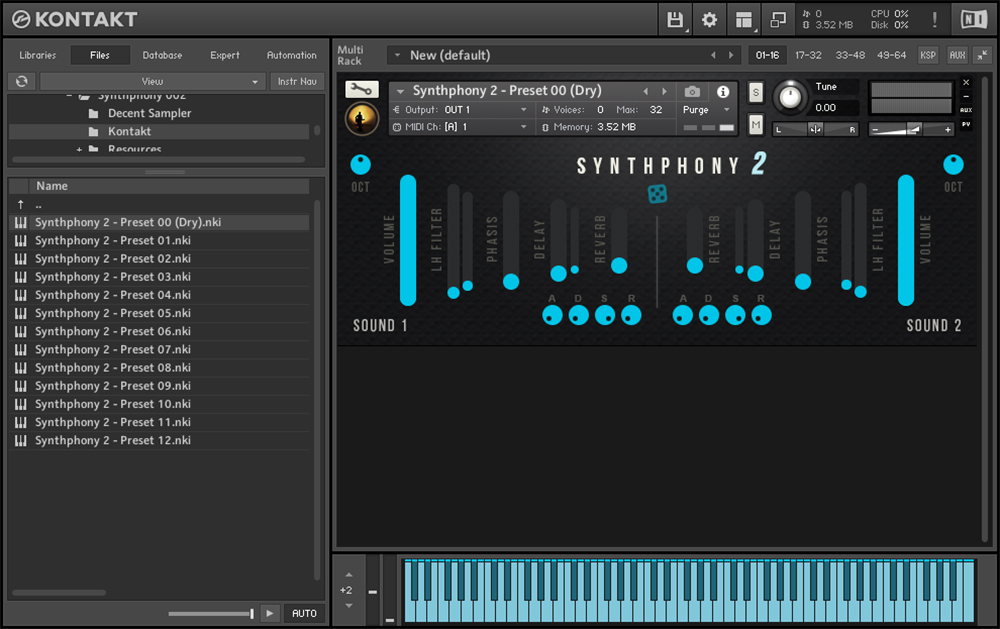
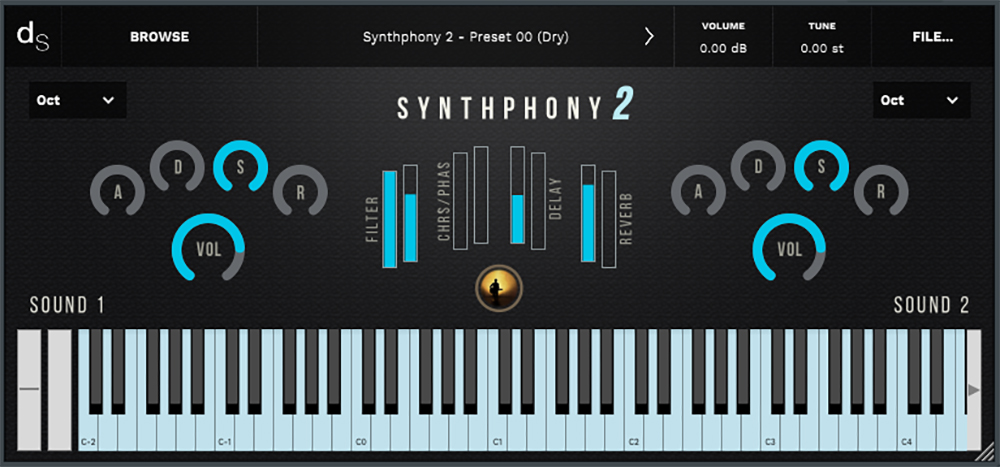
Reviews for Synthphony 2
- Sound
- Character
- Playability
- Inspiration
- GUI
Leave a review to let others know what you thought of the instrument!
Ambient Tones All the Way
Love how this synth can be so spacious with thick ambient tones.
Modern and cold
Like the first pack, this one is also very well made. I love Preset 03, it offers an ethereal surround sound, while Preset 02 provides a perfect short for cold moments.
The GUI is like that of the first release and integrates the necessary controls to achieve superb pads.
This pack has the same value as Synthphony 1.
Another one in the awesome series!
The Synthphony series, including the "S" and non S instruments are very inspiring to me. They are made in a way that let the user do so many things with simple sounds and options, but achieving a lot of diversity very quickly.
This one is no exception, as it follows the same principles as the other ones. The quality is very nice, the GUI design is familiar, and the sound of course is great and incredibly diverse without it being very complex. Even if it does seem complex, the 12+3 included presets as extras will definitely make it easier for the user - and if that's not enough, just press the godsent randomize button!
Be sure to also check out the DecentSampler AND the version because the sound can change so much between the to engines! In addition, if you want more of this goodness, definitely check out the rest of the creator's library, especially the S series!
More than just pads!
This is the second sample pack using the same front end, but the samples here are very different. Synthphony 1 was bright and very obviously synthetic. Synthphony 2, the new one reviewed here, is much darker and much less synthetic in feel. The low-pass filter is no longer an essential 'first tweak' to soften the higher harmonics, it is now more of a special effect to deliberately cut the high end.
The text file and the 'Story' both talk about a high-pass filter having been added, but the UI and the XML code shows no obvious evidence of this - I wondered if it is only in the Kontakt version where it says LH filter (I'm reviewing the Decent Sampler version here). I'm sure this is just one of those version control problems with trying to juggle two different sets of code for two different samplers, and it will be fixed very quickly.
The subtle wavetable-based samples have 3 velocity levels, and 3 round-robins, so there is quite a lot of detailed control from a keyboard. The story mentions that some users might not like the detuning, and some of the sounds do have some built-in detune, but I liked it in context. Some of the sounds have quite quick transitions between the wavetables, which gives an interesting and unusual character to the sounds. I'm much more used to hearing this sort of square-wave tremolo on guitars, so this was an intriguing surprise.
Having two sounds, and two separate envelopes, means that you can have two very different envelopes happening in a single sound. One sntadard use is to have one sound with an AD envelope, so that it rapidly starts and then decays away quickly, while the other sound has an AR envelope, withe slow attacks and decay, and is usually found on string sounds or pads. In combination, this gives a short sound at the beginning, followed by a slow rise of a pad sound. Roland made a lot of use of this in their D-50 and subsequent 'LA' synths back in the 1980s. Of course, you can have more subtle combinations of envelopes: two different AD envelope can give sounds where the decay sounds like a filter sweep is happening, for example. Two AR envelopes with different Attack and Release times can produce sounds where the start and end are very different. Having two envelopes is a hugely powerful tool for tweaking timbres.
The common effects section includes chorus/phaser, delay and the almost ubiquitous reverb. Applying a little of these can turn an ordinary sound into something very apt: chorus on pads, for example.
This is a nice complement to Synthphony 1. The contrasting sounds work nicely together, although you need to keep in mind that 1 has brighter sounds overall. I might have deliberately made the sounds in 2 brighter, just so that the UI usage was similar for the two. As it is, then the filter usage is markedly different for the 2 versions. The XML code does have a strange hanging midi end element on its own, which is probably left over from some editing. Maybe this and the sample brightness could be fixed when the high-pass filters are added?
Overall, this is a confident, sophisticated, dual timbre virtual instrument that is not just another simple, boring pad generator. There's a lot of flexibility and tweakability available in the clear, uncluttered UI. I liked the slightly nervous, fast transitions between wavetables, and it makes a nice contrast to the first version. I look forward to more in this series!

